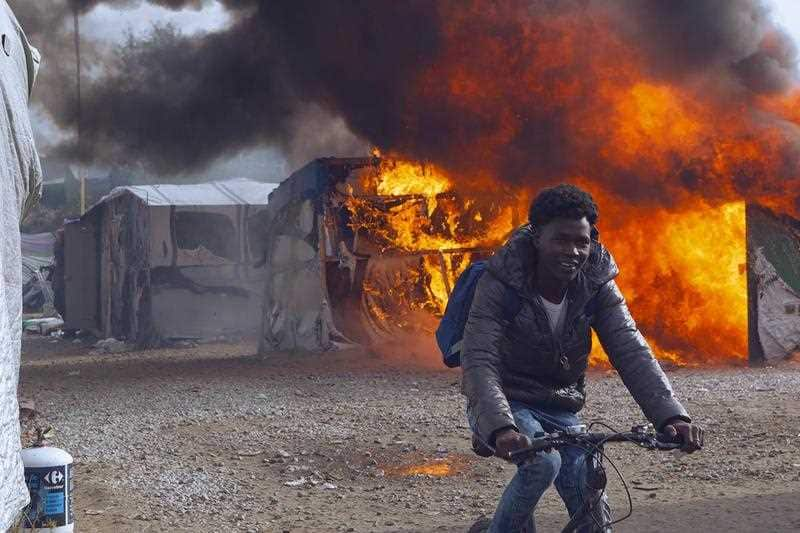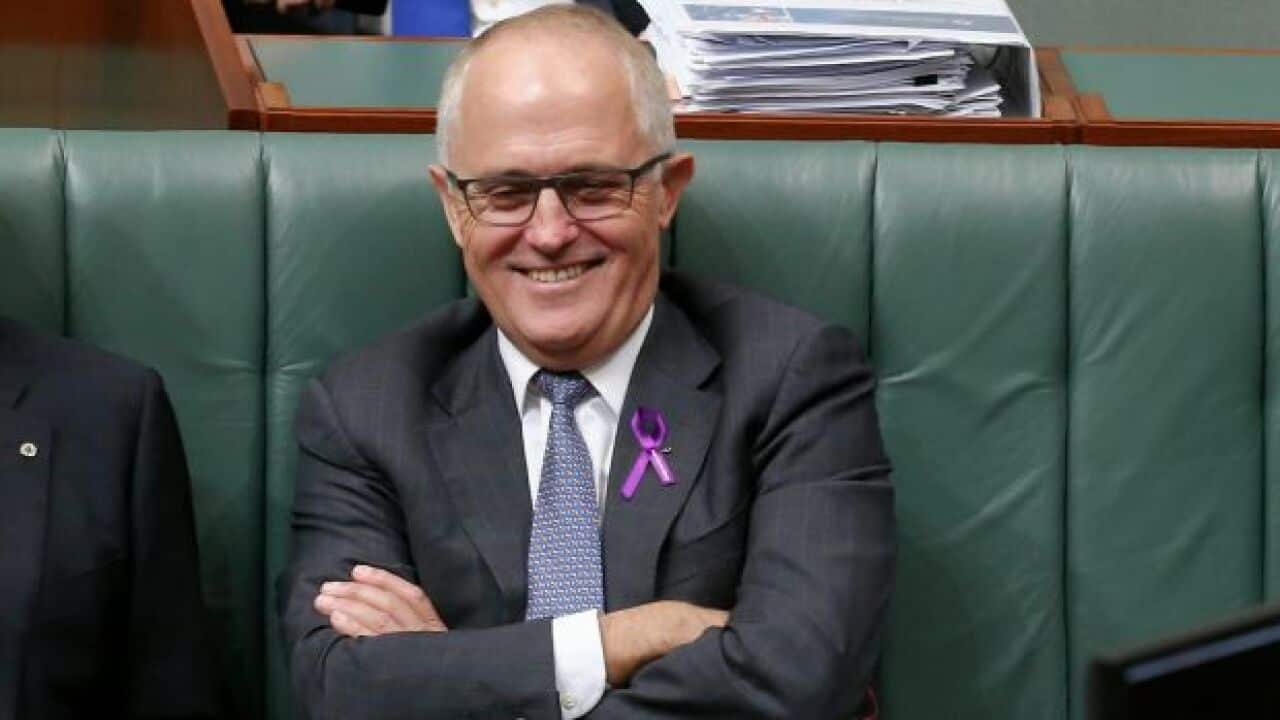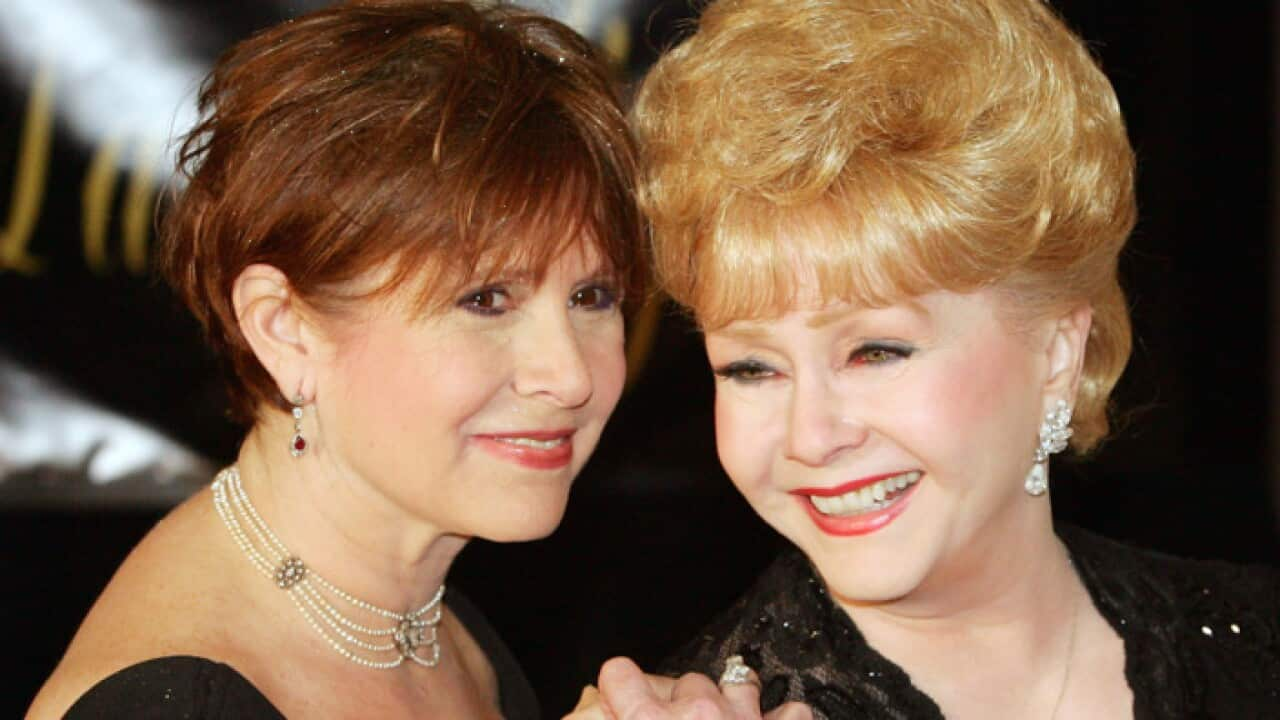That's according to the International Organisation for Migration, which said thousands continue to die or go missing in the Mediterranean Sea trying to reach Europe.
Over 7,000 migrants and refugees died, or remain missing, on the world's migratory routes in 2016 - the highest annual number recorded by the United Nations body, significantly exceeding 2014 and 2015 figures.
As in previous years, over half were lost in the Mediterranean Sea while trying to reach Europe.
But the data also factored in cases in northern and southern Africa, Central America and the border region between the United States and Mexico.
The organisation's head Leonard Doyle said efforts were being made in Libya and other hotspots to help bring those numbers down.
"In Brussels you have an agreement between the European Union and IOM for a migrant protection reintegration initiative on the central Mediterranean migration route, in Africa.
"This essentially is a major engagement by the European Union on helping [to] reduce the flow of migrants who are ending up tragically drowning ... [or] being returned after making horrific journeys, often ending up in a Libyan gulag getting extorted for money, tortured and in some cases killed," Mr Doyle said.
And that's the reality many of the 65 million people displaced around the world, driven from their homes by armed conflict, climate change and economic hardship face.
Their unprecedented needs forced the UN to launch its largest humanitarian appeal for next year.

Smoke rises as tents in the Calais Jungle refugee camp are set on fire on October 26, 2016. Source: AAP
Closing borders
Europe saw a smaller number of arrivals - around 300,000 - which is down from over a million the previous year.
Of that number, Italy alone received 130,000.
The figures reflect a shift in the concentration of asylum-seeker movements across the Mediterranean.
A deal between the European Union and Turkey to block arrivals is largely intact, effectively closing the maritime route to Greece from Turkey.
But it has pushed departures to more dangerous waters between northern Africa and Italy.
Reports of injury, drownings and disappearances came almost daily throughout the year.
The International Red Cross is one of the agencies involved in rescue operations.
Doctor Kimberley De Souza says women and children are often among those severely hurt, including in one October incident.
"They were sitting in these dinghies that had water and fuel at the bottom, so they were sitting in fuel.
"Their skin had really broken down so we had to do quite a few dressing changes to manage these burns and provide medication and pain relief because they were very painful," Dr De Souza said.

A rescue operation of migrants in the Mediterranean Sea, 20 October 2016. Source: ANSA
Path to danger
The UN said there were still asylum seekers stranded in Greece in dire conditions, and countries to its north, due to border closures along the so-called Balkans route.
Sarah Vuylsteke from doctors' agency Medecins Sans Frontieres said it had been forcing people to put their lives at risk.
"Due to the migration policies the European Union has put in place - as the so-called closure of the Balkan Route and keeping people on the islands in Greece, not offering them any safe or legal channels to pass through - is increasingly pushing people to choose more dangerous routes, more unsafe route," she said.
"This is an example of a terrible situation that has been perpetuated by these policies."
MSF stopped taking funding from EU member states and institutions in the middle of the year, in response to what it said was Europe's focus on deterrence over providing assistance and protection.
It criticised the Turkey deal and proposals to link aid funding to some African countries with migration control.
Border policies are due to become a focus for the bloc in 2017 when the new European coastguard is launched.
European leaders met in Vienna in September and discussed possible strategies. There, European Council President Donald Tusk outlined key objectives.
"Never to allow for the return of the uncontrolled refugee flows of last year and to ensure full control of our external border to get back to Schengen," Mr Tusk said.
Hungary has been particularly vocal against the acceptance of refugees, in October holding a referendum that - despite a low turnout - rejected EU resettlement quotas.
"The uncontrolled and unregulated mass migration offered opportunity for terrorist organisations to send their fighters and to send their terrorists to other countries and continents," Hungarian Foreign Minister Peter Szijjarto told the UN General Assembly.
"The outcome and the consequence of this uncontrolled and unregulated mass migration in Europe is a growing threat of terror and a worsening public security situation," he said.
Changing the rhetoric
The UN and IOM are calling for a change in rhetoric around asylum seekers and for a reinforcement of collective responsibility for their protection.
German Chancellor Angela Merkel, under whose leadership a million people entered Germany in 2015, this year was forced to defend her country's welcoming stance.
"The phenomenon of Islamist terrorism is not a phenomenon that came to us with the refugees. Rather, we have it and had it already here.
"The work of our security forces is fundamental. They have to be internationally linked because otherwise we can't fight them," Ms Merkel said.
Germany - far less than the 1.1 million that arrived the year before.
Many of those were Syrian refugees, of which there were nearly 4.9 million worldwide by the end of 2016, according to the UNHCR.
France, meanwhile, closed down the so-called "jungle" migrant camp in the port city of Calais, which was home to thousands of people hoping to reach Britain.
Most of the residents were transferred to centres around the country for processing. Some, on their own initiative, made it to the capital Paris where they waited for accommodation.
Some, on their own initiative, made it to the capital Paris where they waited for accommodation.

Migrants wait to get onto a bus during the evacuation of a makeshift camp in the 19th district of Paris, France, early 4 November 2016. (AAP) Source: EPA
Among them was 25-year-old Afghan man Shakib Dawood.
"Sometimes the police come and they don't let them stay here. I don't know why, but they just want to be here for a period of time. And they maybe they give them the home or maybe some place to sleep," he said.
Children in limbo
The closure also highlighted the issue of unaccompanied child asylum seekers, and their slow resettlement in countries that had promised to take them in.
The UN's children's agency UNICEF said more than 20,000 arrived in Italy by sea in 2016, and some 2,000 in Greece.
Europe's police agency Europol warned thousands had gone missing and were at risk of human trafficking. Elsewhere in the world, children represent half of all Syrians displaced inside the war-torn country and camps in surrounding states.
Elsewhere in the world, children represent half of all Syrians displaced inside the war-torn country and camps in surrounding states.

Challenged over stance on migrants: German Chancellor Angela Merkel. Source: DPA
Some 200,000 resettlement places have been pledged through UN pathways.
Costa Rica, a Central American transit point, recorded what has been described as an unprecedented flow of migration by mainly Cubans, Haitians and nationals of African countries seeking passage to the United States.
In conflict-engulfed Yemen, the IOM says it has helped thousands of people from the African continent trying to reach the Persian Gulf.
The UN and countries in south-east Asia, meanwhile, are turning their attention to the minority Rohingya Muslims in Myanmar - where thousands were displaced from northern Rakhine state during a government crackdown.
Amnesty International's Laura Hague told the BBC the military looks to be targeting civilians.
"We've seen them target the Rohingya community on the basis of their identity - basically because they're Rohingya. And we've documented how they've randomly fired-on and killed civilians as they've come into villages, raped women and girls, torched whole villages, and have arbitrarily arrested waves of Rohingya men without any information about where they are or what they're charged with," Ms Hague said.














